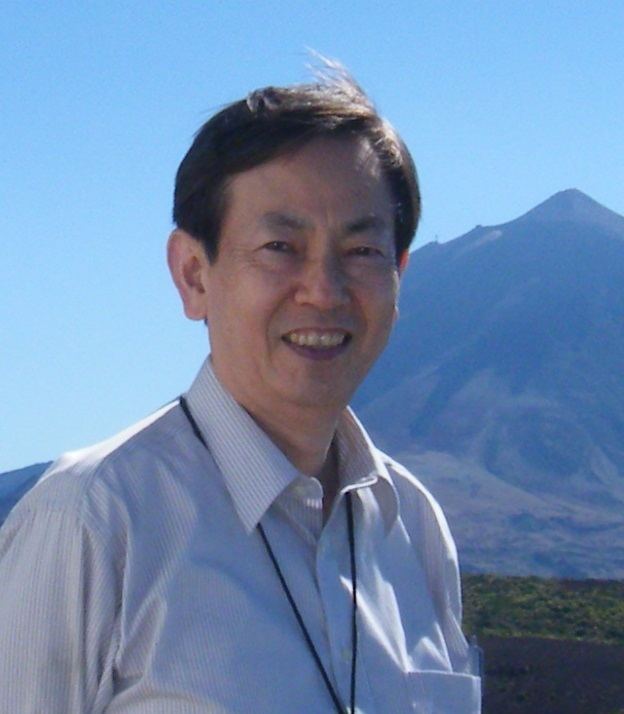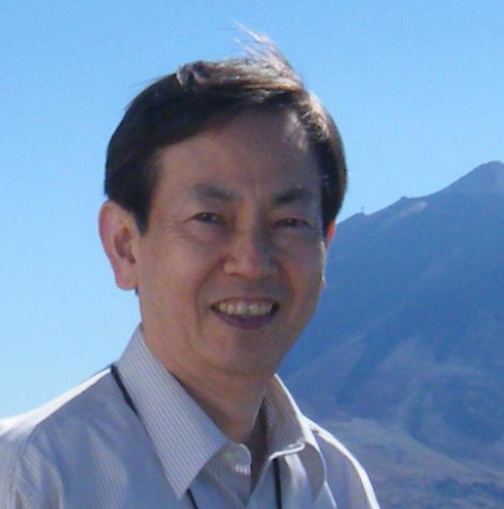Citizenship Japanese Name Yasuo Matsuyama | Nationality Japanese | |
 | ||
Fields Machine learning and human-aware information processing | ||
Yasuo Matsuyama (born March 23, 1947) is a researcher in machine learning and human-aware information processing. He is a professor of Waseda University in the Department of Computer Science and Engineering where he teaches and studies machine learning, signal processing and computing methodologies with their applications to multimedia processing, brain information processing, robotics and bioinformatics. Human-aware information processing is his target.
Contents

Matsuyama is known for the founder of the α-expectation-maximization algorithm which contains the expectation-maximization algorithm as its subset. The α-hidden Markov model estimation algorithm (extended Baum-Welch algorithm) is also his invention. He is a co-inventor of the RapidICA (Rapid Independent Component Analysis).
His early contributions include stochastic modeling of neural spike trains and signal processing algorithms for data compression systems.
Early life and education
Matsuyama graduated from Waseda University in Tokyo, obtaining his B. Engineering in Electrical Engineering in 1969, and his M. Engineering in 1971. In 1974 he received Dr. Engineering on “Stochastic modeling of neurons(advisors; Jun'ichi Takagi, Kageo Akizuki, and Katsuhiko Shirai).” Then, he got the Japan-US Exchange Fellowship. In 1978, he received his Ph.D. in Electrical Engineering at Stanford University on “Process distortion measures and signal processing (advisor; Robert M. Gray).”
Career
From 1979 to 1996, he was a faculty of Ibaraki University, Japan (final position was a graduate school chairperson). Since 1996, Matsuyama is a Professor of Waseda University, Department of Computer Science and Engineering. From 2011, he is the director of the Media Network Center of Waseda University. At the 2011 Tōhoku earthquake and tsunami of March 2011, he was in charge of the safety inquiry of 65,000 students, staffs and faculties.
Matsuyama devised methods for fast hidden Markov model estimation, fast independent component analysis, decomposition of DNA sequences and light-weight systems for brain-humanoid interface (cf. Reference 3).
